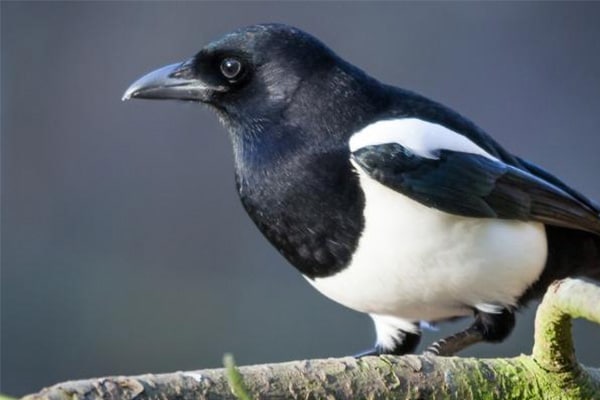
Northern Ireland to consult on general licences
DAERA is to revoke existing general licences in Northern Ireland, replacing with interim licences prior to launching a public consultation.
Get information on the legal shooting season for mammals and birds in the UK.
Apply for funding for your project or make a donation today
Comprehensive information and advice from our specialist firearms team.
Everything you need to know about shotgun, rifle and airgun ammunition.
Find our up-to-date information, advice and links to government resources.
Everything you need to know on firearms law and licensing.
All the latest news and advice on general licences and how they affect you.
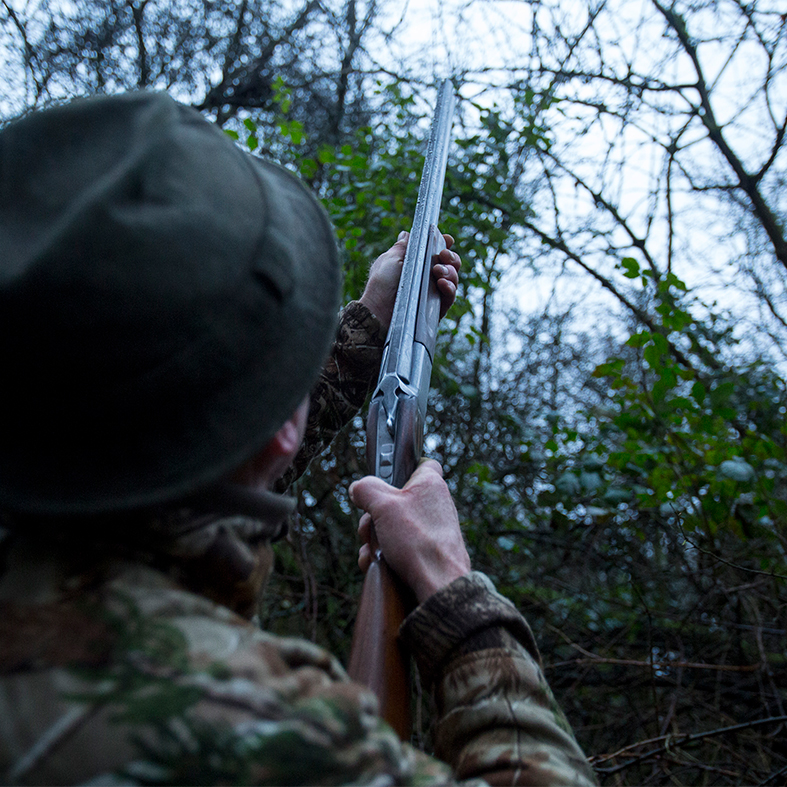

Home » Roost shooting pigeons – the best type of shooting?
Roost shooting can be an effective way of helping to control woodpigeon to prevent serious damage to crops under the general licences.
Woodpigeons often provide some very testing shooting; in fact, some consider roost shooting as the best form of shooting there is.
Those who have experienced this form of pigeon control will know that a degree of fieldcraft, patience and sometimes luck is required to produce good numbers. So, let’s look at some tips for making your opportunities more successful.
Roost shooting pigeons is most effective in the late winter months when trees are bare. This makes birds’ movements more predictable. This often coincides with the end of the game shooting season.
Some shoots arrange afternoon roost shooting for their staff and helpers as a way of saying thanks. Others may offer an outing on woodpigeons as an extra shooting opportunity for their members. Some are fortunate enough to receive an invitation this way. Others will need to book an outing with a reputable guide or find their own permission.
As with all shooting permissions, it’s best to get written permission from the landowner first. You may be asked to prove it further down the line.
Planning is key to being successful with all forms of ‘woody’ control. However, unlike decoying where the aim is to draw birds into a decoy pattern or specific area, we must position ourselves in an ambush-type scenario.
Knowing where birds prefer to roost is a priority to allow you to get into a convenient place to shoot them, as is ensuring compliance with the general licences. It is a good idea to read the Woodpigeon Code of Practice first.
Woodpigeons will vary in their habits depending on weather, food availability and disturbance. Their roosting preferences can change quite suddenly, too.
If time allows, observe flightlines and behaviour from a distance in the days leading up to roost shooting. If not, then look for signs on the ground like fresh droppings and feathers. This will show areas within the woods that they are using and where you need to focus your efforts.
It’s also worth asking the landowner or farmer if any planned activities like cultivating, fertiliser spreading or forestry work are going to take place, as these can all have an impact on where the pigeons may feed or gather.
Weather is also a major factor. Like with other forms of quarry shooting, an overcast and breezy day is favourable and will pay dividends. Woodies are very wary birds, and a glimpse of any suspicious figures or movement will spook them.
A stiff wind will also help to reduce the height at which they approach and make them more committed to dropping in at a sensible range. In a good wind, pigeons will often favour approaching towards it. This can help when deciding where to set up, especially if you only have small windows in the tree canopy to shoot through. With the sun and wind at your back, hopefully you will see the birds before they detect you.
The window of opportunity is small. Most activity lasts no more than a couple of hours before dusk. Head to your chosen location with enough time to choose an opening in the canopy ready for the first woodies heading home.
You may notice the odd bird flying over earlier than expected. This can help predict their behaviour for that afternoon, which may not be what you initially prepared for. The location needs to provide an opening large enough to successfully take a shot, but at the same time small enough to keep you hidden. Otherwise, pigeons might jink off course, making the task much more challenging.
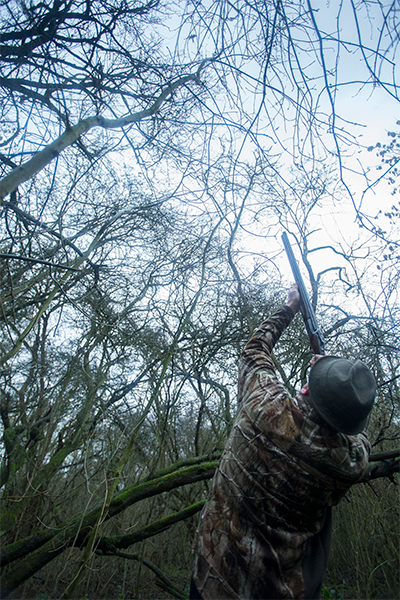
Unlike decoying, the beauty of roost shooting is that bags of kit aren’t necessary. A gun and cartridges are all that’s required, so getting into more challenging areas can be achieved. A face veil, hat and gloves are also useful to put in your pockets. They help disguise your skin and any sudden movements the birds might pick up on. They will also keep you warm on those chilly afternoons. A patient dog can be great company, too, and will make retrieving birds a lot easier, especially from difficult spots.
The anticipation of waiting for the first pigeons to arrive is all part of the excitement. You need to remain still, with eyes trained skywards. Birds can suddenly appear, gliding silently over the tree line without any warning. Keeping your presence undetected isn’t just an advantage while roost shooting pigeons, it’s essential.
Sitting there quietly, it’s often surprising what wildlife you may see. If permissions and legalities (i.e. the terms of the general licences) allow, grey squirrels, carrion crows, rooks and jackdaws can also present a shot.
Things don’t always go to plan – which is why successful roost shooting woodpigeons is so rewarding. When something goes awry, try to figure out a solution and adapt. If you find yourself in the wrong place, don’t be afraid to relocate. Move quickly and quietly and find another vantage point to settle down and wait.
Avoid shooting too early and at bigger flocks, too. On calmer days, flocks of birds may circle the wood first, often well out of range. Taking a shot can be tempting but be patient. The birds will return much closer and in smaller groups. Branches and foliage can be off-putting, especially if the shot is in a limited window. Pick out your target, stick with it and anticipate its every move.
If all goes well, roost shooting will reward you with some challenging and satisfying sport, and some delicious food for the table, while carrying out essential pest control.
Images by Richard Faulks


DAERA is to revoke existing general licences in Northern Ireland, replacing with interim licences prior to launching a public consultation.
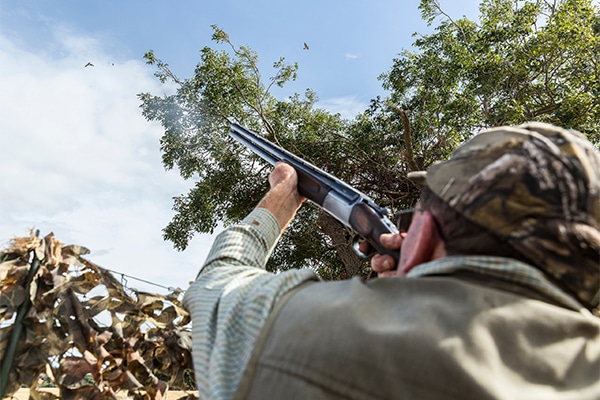
A long-time pigeon shooter shares some useful tips and advice to help you improve your success when decoying woodpigeons.
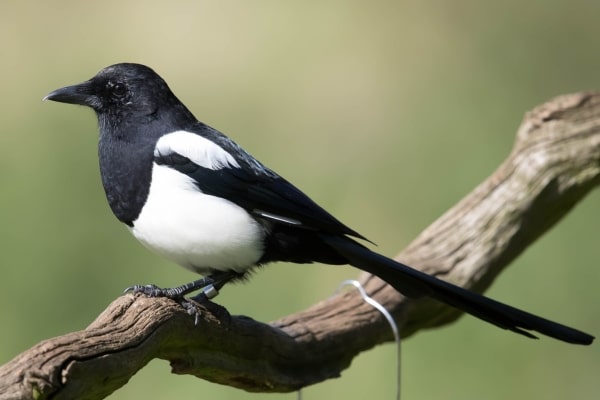
Magpies will be removed from the general licence in Wales from 1 January 2024.
Sign up to our weekly newsletter and get all the latest updates straight to your inbox.
© 2025 British Association for Shooting and Conservation. Registered Office: Marford Mill, Rossett, Wrexham, LL12 0HL – Registered Society No: 28488R. BASC is a trading name of the British Association for Shooting and Conservation Limited which is authorised and regulated by the Financial Conduct Authority (FCA) under firm reference number 311937.
BASC Direct Ltd is an Introducer Appointed Representative of Agria Pet Insurance Ltd who administer the insurance and is authorised and regulated by the Financial Conduct Authority, Financial Services Register Number 496160. Agria Pet Insurance is registered and incorporated in England and Wales with registered number 04258783. Registered office: First Floor, Blue Leanie, Walton Street, Aylesbury, Buckinghamshire, HP21 7QW. Agria insurance policies are underwritten by Agria Försäkring.
If you have any questions or complaints about your BASC membership insurance cover, please email us. More information about resolving complaints can be found on the FCA website or on the EU ODR platform.